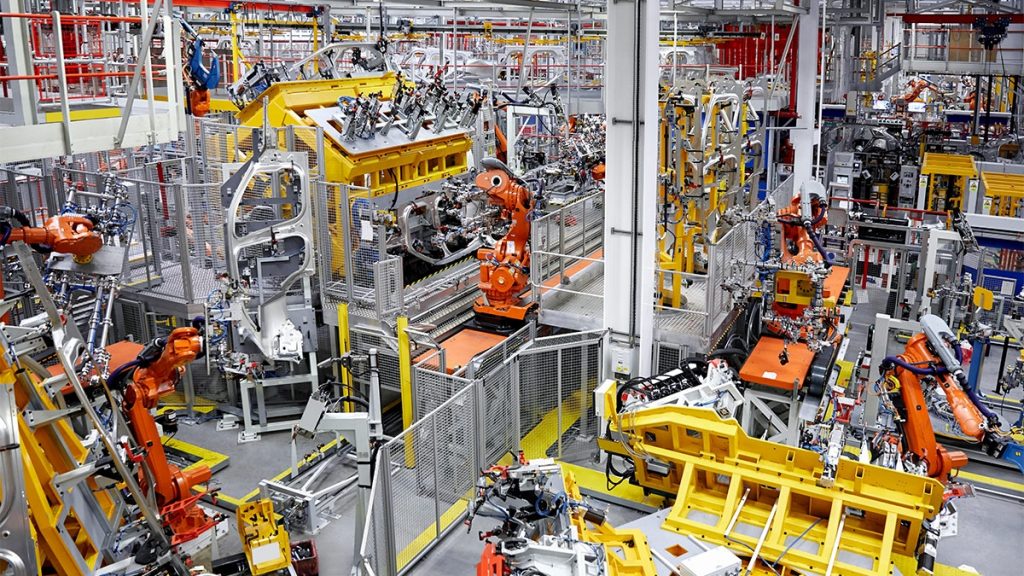Modern personal computers and a new generation of software application simulation tools can now bring these effective modeling and visualization abilities to little and mid-size companies.
Organizations have actually long been using computers to simulate the physical world. Among the earliest motorists of the advancement of digital computer systems was the desire to calculate things like projectile trajectories rapidly or run mathematical models that would accelerate the advancement of other weapons systems. But for numerous years, computer system outputs took the form of massive tables of numbers that needed a professional to analyze.
The advancement of computer system graphics and visualization systems altered this considerably: Computer animations helped people to visualize the results of all that mathematical modeling in an accessible method. By the 1990s, the simulation had been solidly accepted in engineering design, chemistry, the modeling of oilfield reservoirs, weather condition forecasting, and a wide variety of other computationally intense fields.
Insight Center
All of that computing power utilized to be quite costly. In 1997, when I ran high-end marketing for Silicon Graphics/Cray Research study, we sold simulation systems for vital applications such as flight and weapons-control systems and running complex facilities such as power plants. A notebook computer system can now house a simulation model for creating and tweak a complex assembly line or a call center and can provide amazing insights for a number of thousand dollars per user.
The low expense of this ability suggests that firms of all sizes can now benefit from this digital wizardry in a range of locations:
Operations planning and design. Commercial engineers have long used computer-aided design (CAD) software application to create such things as the physical design of store floorings and materials-handling systems. However they generally then have actually constructed the physical system, try out it, and after that fine-tuned it as they started running the plant. By integrating simulation, they can now carry out all these functions without the expense of structure. At basically no charge, they can explore options, test the capability of their initial designs to deal with various item circulation or demand scenarios, and make improvements essentially prior to dedicating capital expense. This accelerates the release of new production procedures and time to market and decreases dangers.
With such a digital twin, managers can evaluate ways to get the most out of production lines, find and get rid of bottlenecks, explore various routing and control techniques, and enhance the positioning and sizes of work-in-process buffers a lot more quickly than in the past. Modern simulation programs even incorporate avatars of individuals who staff positions on the store flooring, which allows coordinators to factor in how quickly and easily they can move or how far they need to travel to pick up parts or to reach specific tools. Models incorporate realistic images of machines, so it practically looks like you are strolling through a virtual world in a computer game.
Process Improvement. Simulation modeling enables quick “what if” experimentation with procedures, and as real operating information is collected and the model is refined, plant engineers can do quick, inexpensive experiments on the digital twin to enhance processes without hindering production. This can speed process improvement and eliminate waste faster. Models can likewise be utilized to imitate control systems and evaluate brand-new approaches prior to actual application.
Utilizing a simulation design, product designers who work on intricate product assemblies can rapidly iterate on assembly series with their manufacturing equivalents, enhancing the manufacturability of their styles as well as comprehending the implications of their options. Just as sharing CAD designs improved communications between designers and producing engineers, process simulation designs allow them to work together throughout the entire product lifecycle, increasing opportunities for faster production ramp-ups and more versatile and effective processing.
Training Simulation modeling can be used to train brand-new employee and offer them a big picture view of operations before they begin work on a line. This assists them end up being competent at their new tasks rapidly.
Communications and marketing. These simulation tools can be a fantastic marketing tool to demonstrate a company’s abilities to clients.
In talking with many small and medium-sized companies, I have been amazed at how couple of have started to make use of these tools. They are missing a significant chance. The new generation of affordable simulation software provides abundant abilities and quick repayment times. It’s time for companies of all sizes to take advantage of them.
